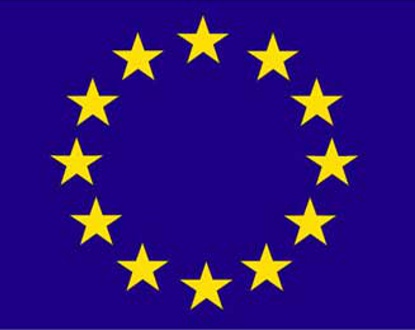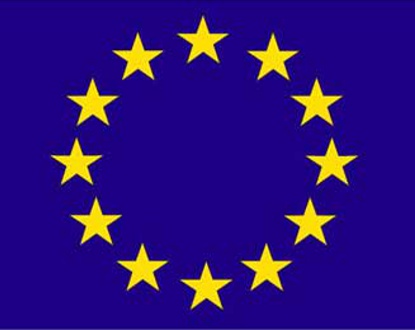This document is one of the key elements of the “European semester”.
Like all other member states, France is preparing to send to the European Commission, in mid-April, the initiatives it plans to take to achieve the objectives set by the EU for 2020.
This “national reform program” (NRP) is a long Prevert-style list, detailed in 56 pages.

This new method for strengthening the coordination of budgetary policies of the eurozone applies for the first time in 2011. Three months after the annual growth survey, presented in January by the Commission, it is indeed up to the States to present their projects for the coming year. At the same time, EU countries must send Brussels their “stability and convergence program” (SCP), which includes macroeconomic and budgetary projections.
This non-binding program is the third of its kind published by France. In 2008, a text already set out the measures the country planned to take as part of the Lisbon strategy, which aimed to make the European Union “the most competitive and dynamic knowledge economy in the world by 2010”.
European objectives
The development of the NRP is coordinated by the Secretariat-General for European Affairs (SGAE). For this occasion, this service of the Prime Minister is advised by researchers from the Strategic Analysis Center.
The French strategy contains a long list of past and future reforms. They all share the common goal of elevating France to the level of European objectives, set by the Europe 2020 strategy.
Guidelines
Paris must, for example, raise the employment rate of people aged 20-64 to 75% by 2020, compared to 69.5% today. The country must also increase the share of GDP allocated to research to 3%, from the current 2.11%. Another objective: the share of renewable energy in the French energy mix must be increased from 12% to 23%.
The French NRP is structured around 10 guidelines, determined by European finance ministers, in June 2010. These major axes are the same for all member states.
Here are some examples of proposals contained in the French plan. This presentation is obviously far from exhaustive.
Supporting research and innovation
France wants to allocate 3% of its GDP to research by 2020. “The increase in research and development spending is primarily through an increase in business R&D expenditures,” the text reads, emphasizing the importance of “tax incentives to promote innovation”.
The text also promotes “more autonomous universities with more resources”. “In 2011, universities will see their operating resources increase by an average of 3%, which is an increase of 78.4 million euros compared to 2010,” promises the document.
The program also mentions the “second phase” of competitiveness clusters, with funding of 1.5 billion euros “supplemented by 500 million euros under the future investment program”. It specifically mentions creating “innovation platforms”, bringing together services offered to companies in the clusters.
According to the authors of the French plan, it is also necessary to “unlock the potential of the digital economy” by using the European Regional Development Fund (ERDF).
Reducing CO2 emissions
France must reduce its greenhouse gas emissions by four by 2050. The text details the “sectoral objectives” defined by the Grenelle Environment Forum to increase energy efficiency. Sustainable development has been allocated a budget of 5.1 billion euros, as part of the future investment program. It involves focusing on “renewable energies”, “mobility”, and “the circular economy of smart power grids”.
Recognition of the “green value” of housing, sustainable tax credit: “the environmental tax measures voted in the 2011 Finance Law aim to continue greening French taxation,” the report reads.
Supporting businesses
For example, the French plan aims to “modernize the industrial base” by supporting business restructuring. 200 million euros are to be allocated to setting up a system “in favor of reindustrialization”.
The text also mentions the reform of the business tax, as well as the “reduction of administrative burdens and support for entrepreneurship”.
“Intensifying competition in sectors that need it is a guarantee of competitiveness,” the authors write. They specifically mention the electricity sector, currently undergoing reform, as well as transportation, telecommunications, and agriculture.
Fighting against poverty
The French plan also aims to encourage the employment of “extreme age groups”, that is, young people (20-24 years) and seniors (55-64 years). To do this, encouraging work-study programs is necessary. “The goal is to increase the number of young people in work-study programs from 600,000 to 800,000 by 2015”. The text also emphasizes the branch agreements that exist in companies to encourage them to maintain employment for employees in their sixties.
The European Social Fund (ESF) should also promote the integration of vulnerable populations into the labor market: “seniors, young people, migrant workers, people with disabilities or discrimination”.



